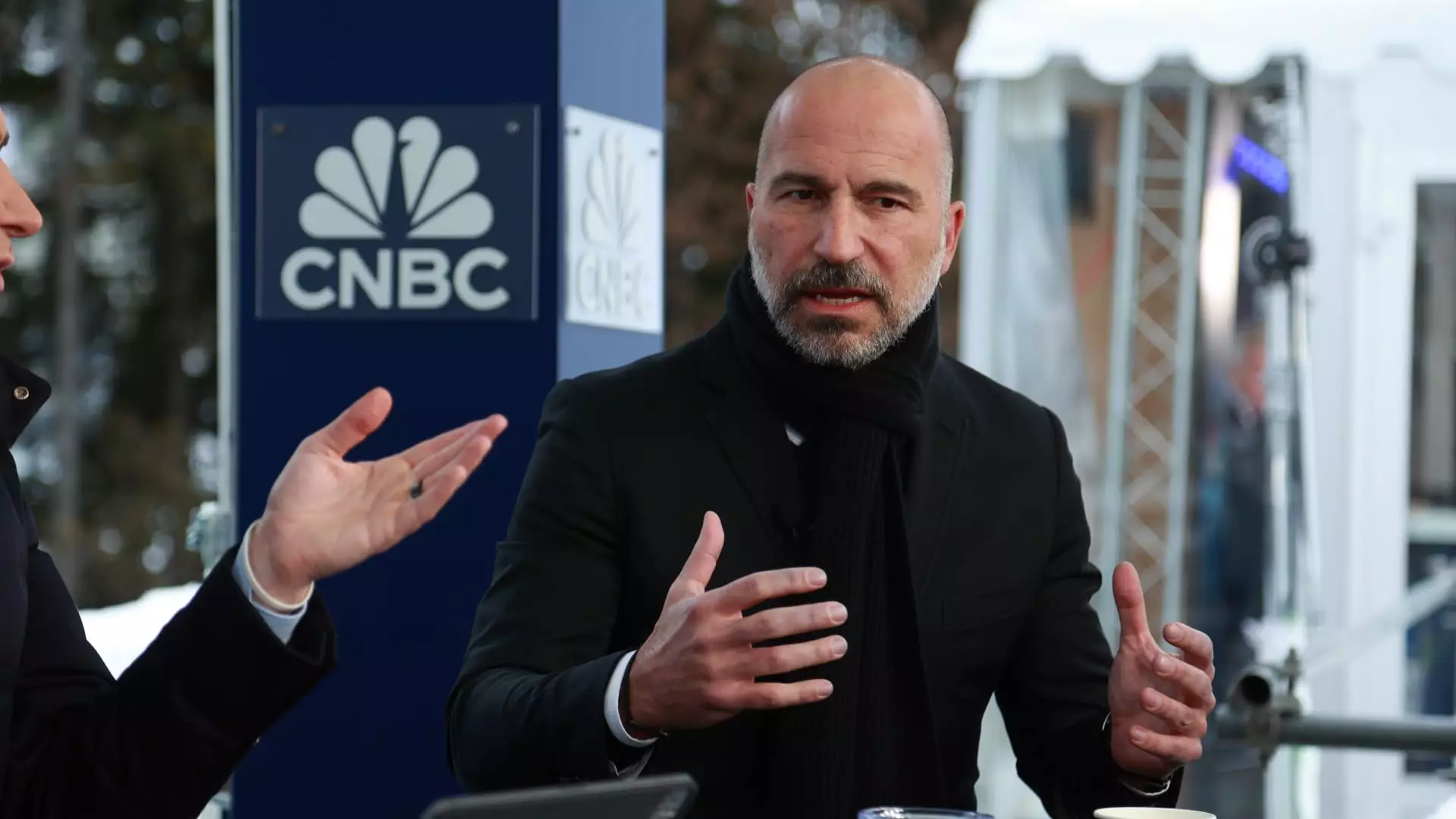Uber recently released its second-quarter earnings report, surpassing Wall Street estimates and causing a 4% increase in its stock price during premarket trading. Earnings per share came in at 47 cents, beating the expected 31 cents, while the revenue reached $10.7 billion, slightly higher than the anticipated $10.57 billion. This represented a 16% growth from the previous year’s revenue of $9.23 billion.
The company’s mobility unit experienced a significant 23% growth in gross bookings, totaling $20.6 billion. Similarly, the delivery segment saw a 16% rise in gross bookings to $18.1 billion. On the other hand, the freight unit maintained relatively flat performance with $1.27 billion in bookings. CEO Dara Khosrowshahi had predicted a 20% growth for the quarter, driven by the expansion of the core mobility business and an increase in orders from food and trip subscriptions.
Future Projections
Looking ahead to the third quarter, Uber anticipates bookings ranging from $40.25 billion to $41.75 billion. While the midpoint of $41 billion fell below the average estimate of $41.18 billion, the company remains optimistic about its performance. Adjusted earnings are also expected to range from $1.58 billion to $1.68 billion, slightly surpassing the $1.62 billion average estimate.
User Engagement and Trips
Uber reported a significant increase in monthly active platform consumers (MAPCs) which reached 156 million during the second quarter. These users completed 2.77 billion trips via the Uber platform, showcasing a substantial uptick from the previous year’s numbers. The company also generated $1.02 billion in net income for the quarter, boosted by a $333 million pretax benefit from equity investments.
Strategic Partnerships
In a bid to expand its market reach and offerings, Uber partnered with Instacart to introduce a “restaurants” tab on the grocery delivery app. This collaboration enabled users to order from restaurants with deliveries facilitated by Uber Eats. Additionally, Uber teamed up with Chinese electric vehicle manufacturer BYD to bring around 100,000 electric vehicles to Uber drivers in Europe and Latin America. Plans are also in place for the deployment of BYD autonomous-capable vehicles on the Uber platform.
With the ongoing shift towards autonomous vehicles, Uber faces questions regarding the future impact of robotaxi services on its business. Analysts are keen to understand whether reduced consumer spending on restaurants and travel will influence overall bookings. Despite a 5% decline in Uber’s stock price for the year, the company continues to explore incentives and options to encourage drivers to opt for electric vehicles over traditional gas-powered cars.
Uber’s second-quarter earnings report showcases a strong financial performance and strategic partnerships that position the company for continued growth and innovation in the evolving ride-hailing and delivery market. Its ability to exceed expectations and adapt to industry trends underscores its resilience and potential for future success.

Leave a Reply